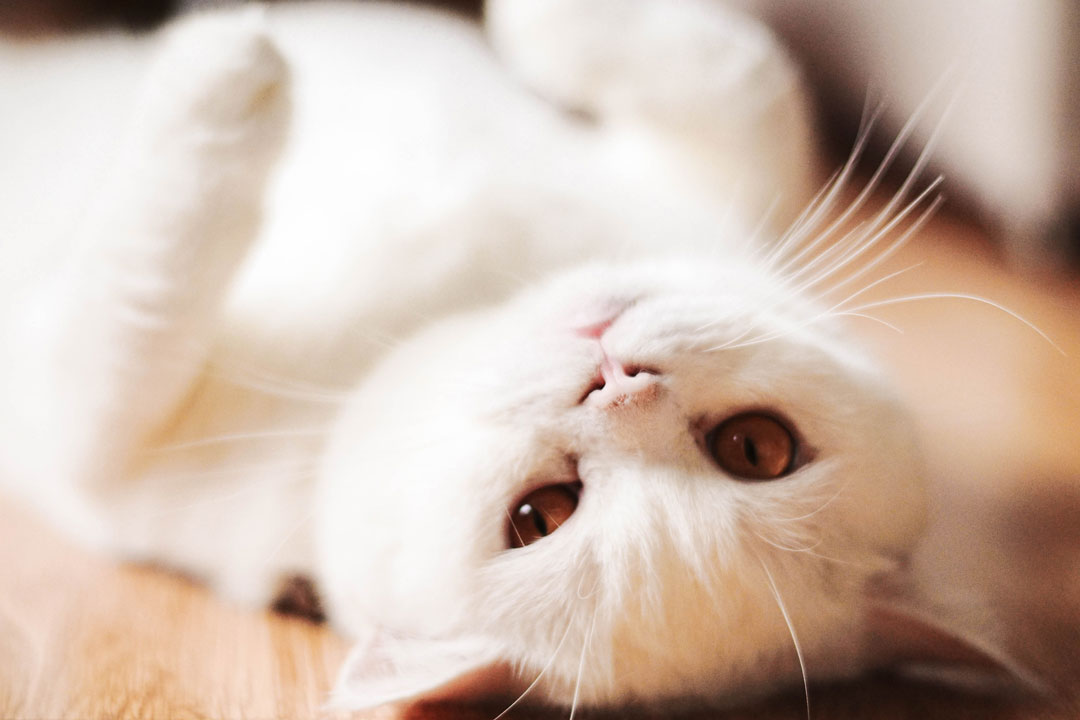Diabetic Ketoacidosis in Cats (DKA)

Diabetic ketoacidosis is a life-threatening medical emergency. It's a possible complication for a cat with diabetes.
What Is DKA in Cats?
Cats with diabetes don't have enough insulin to break down the glucose they ingest. When the condition gets to the point where there is so little insulin that sugar can't get into the body's cells, diabetic ketoacidosis can occur—the starving cells signal to the body that they need an energy source.
Unable to use glucose, the body begins breaking down fat. As the liver works to convert fat into energy for the cat's brain to use, it also produces ketone bodies as byproducts. Those ketones are toxic to the body, eventually causing a significant imbalance in the pH levels of the blood (acidosis) followed by organ failure.
Causes of DKA in Cats
A cat may experience diabetic ketoacidosis if they have undiagnosed or untreated diabetes. DKA may also occur if a cat's diabetes is extremely poorly regulated.
Well-regulated diabetic cats can develop DKA following a trigger that stresses their system. Triggers can include:
- Pancreatitis
- Urinary tract infection
- Kidney failure
- Hyperthyroidism
- Congestive heart failure
- Cancer
- Liver failure
- Lung infection (pneumonia)
Signs of DKA in Cats
Cats that have developed DKA may show the following signs:
- Weakness
- Not eating
- Vomiting
- Drinking and urinating excessively
- Not moving
- Weight loss
- Flaky skin
- Labored breathing
- Sweet odor to the breath
- Jaundice (yellow skin and gums)
- Seizures
- Coma
- Death
Diagnosis of DKA in Cats
Veterinarians diagnose DKA in cats by identifying extremely high blood glucose levels and finding ketones in the urine.
Treatment of Diabetic Ketoacidosis in Cats
Treatment of feline DKA usually involves a stay in a veterinary hospital and close monitoring. Some or all of the following treatments may be necessary:
- IV fluids
- Antibiotics
- Electrolyte supplements
- Blood sugar monitoring
- Nutrition
Treatment must slowly reverse the super high glucose levels in the body, flush out ketone bodies, and reverse metabolic acidosis. All of that needs to happen through careful monitoring of blood and urine markers.
Once the DKA is resolved, the cat will still have diabetes and need treatment for that condition.
You May Also Like These Articles:
Why Is My Cat Drinking More Water?
Notice: Ask-a-Vet is an affiliated service for those who wish to speak with a veterinary professional about their pet's specific condition. Initially, a bot will ask questions to determine the general nature of your concern. Then, you will be transferred to a human. There is a charge for the service if you choose to connect to a veterinarian. Ask-a-Vet is not manned by the staff or owners of CatHealth.com, and the advice given should not delay or replace a visit to your veterinarian.






